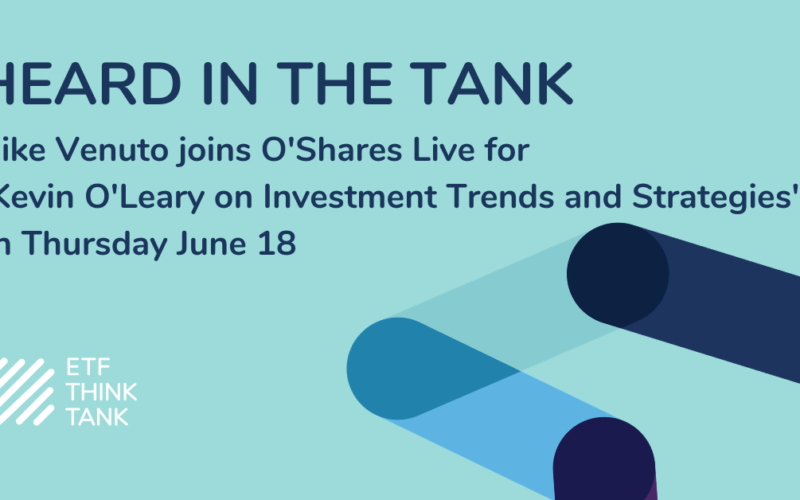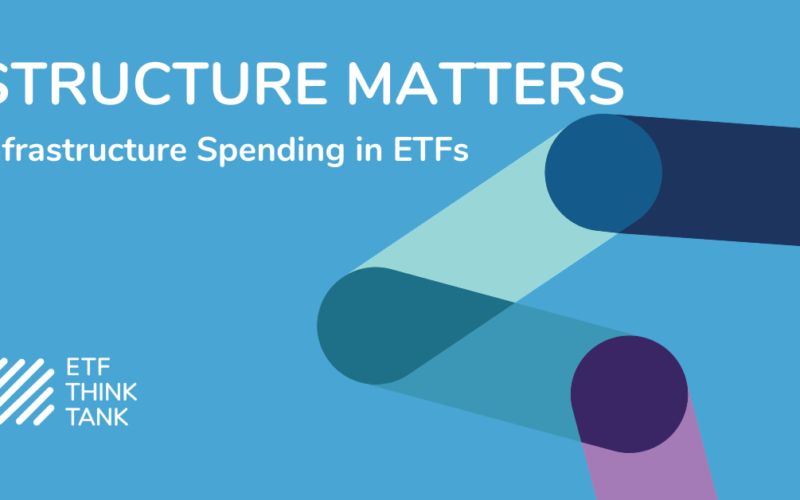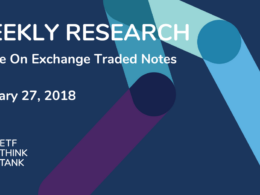Annual Client Alignment (ACAI) Metrics Signal Innovation is Accelerating in Recent Years Over Cost
As of May 31, ETF assets under management (AUM) were back up to $4.23 trillion and ready to challenge the old high of $4.6 trillion (February 16, 2020). However, let’s respect those historical moments in March when AUM fell to about $3.345 trillion (March 22, 2020). SPDR S&P 500 ETF Trust (SPY) and iShares MSCI ACWI ETF (ACWI) were trading at $218.28 and $53.31 respectively. iShares 20+ Year Treasury Bond ETF (TLT) dropped, (March 18, 2020) only to rocket back above $166 over 3 trading days. As an ETF strategist and investor, I take note of this moment, knowing the risks of future declines are not gone. Yet, from a monthly KPI standpoint, I am excited that we can now begin looking forward to AUM forecasts of $10 trillion, $30 trillion or even $50 trillion. To that point, ETF flows have been hopeful and supportive of change. For example, AUM in 60 environmental, social and governance (ESG) ETFs is now $27.7 billion. More importantly, As of March 31, 2020, Morningstar reported that there were nearly $1 trillion worth of assets in sustainable funds. This is probably why ESG is expanding so quickly, and will become a core part of ETF innovation.


Open to Close Ratio at .91 Masks All the Healthy Purging Taking Place
The Open-To-Close Ratio hit a new low of 0.91 on May 29th (206/226), showing that more ETFs have been closed than opened in the past 12 months. The trend of purging unprofitable ETFs from a firm’s line-up may become an unintended consequence of ETF expense pressure. Conversely, eight of the top 10 ETFs launched in May were active with relatively high fees. In fact, a new brand, called 6 Meridian, came to market and raised about $368 million across 4 funds. This includes $175 million in its flagship fund, the 6 Meridian Hedged Equity Index Option Strategy ETF (SIXH). 6 Meridian and Tuttle Tactical Management are two relatively unrecognized brands in the ETF ecosystem. They offer alternative types of solutions that are priced, with fees, in the ranges of 81 to 97 Bps and 159 to 187 Bps, respectively. WBI Investments is another RIA firm that launched 8 ETFs with high expense ratios (from 68 Bps to 128 Bps) and has not seen much follow through. BYOA by RIAs and Asset Management firms seeking to capitalize on the value of the ETF wrapper is expected to continue.
Launching an ETF is the easy part, and it is fair to assume that clients gain from the after-tax benefits of the ETF wrapper. However, returns, and a broadening of distribution, must follow to make these strategies successful. There are now 147 brands of ETFs.
Revenue from Active Now Stands at 6.72%
Active ETFs represent about 2.51% of the total AUM of U.S.-listed ETFs. ETF expense ratios remain at about $7.71 billion from revenue over 12 months. This is up from $6.83 billion in December 2018 and will bounce around, but reflects an important aspect of innovation in the ETF industry.
What is the Annual Client Alignment to Innovation (ACAI) Telling Us?
The evidence from “Annual Client Alignment to Innovation” (ACAI) tells us that investors today are looking for more alignment with current market conditions. This means that ETFs looking to launch must be aligned with clients’ desires for targeted Alpha, have Access to solutions with alternative return streams or be Actively managed. A further explanation can be found in the original study, Measuring Innovation in the ETF Industry).
By isolating the AUM values for launches from 2009 to 2019, we see that AUM was down in aggregate $43.9 Billion as of May 31st, 2020. From launches between 2016 and 2019, we see AUM increases of $20.6 billion. With AUM from 2020 launches, the latter values have actually increased to $24.5 billion. (See below chart)
Arguably, this is further evidenced by the consistent data trend from the growth of ACAI, both in terms of the top 20 ETFs in terms of AUM, and dominance in more top 20 ETFs focused on Innovation over Low Cost Solutions (LCS) (see highlighted purple in below graph). This means fewer ETFs are finding success by only competing on Low Cost. Note that the ACAI YTD dollar value in 2020 is about $2.76 billion and represents a ratio of 71% at the end of May 31, 2020. This highlights the fact that there is investor demand more than just LCS.
Perhaps older products launched between 2009 and 2013 are getting stale, or simply are not aligned with current market conditions. While it is true that a majority of flows are concentrated in LCS, that focus on cheap beta in many of these flows are in ETFs that were launched prior to 2009 and have established brands, distribution and market share.
This is important because when we lead with discussions focused on just expense ratio, we are narrowing the opportunity for sponsorship innovation, which will negatively impact the ETF evolution.













